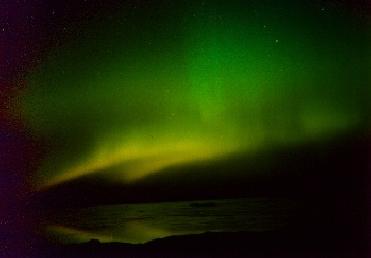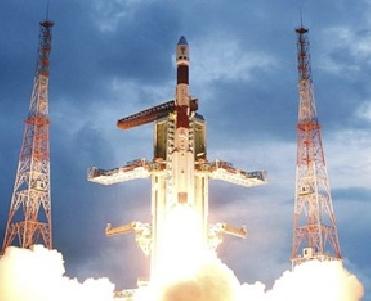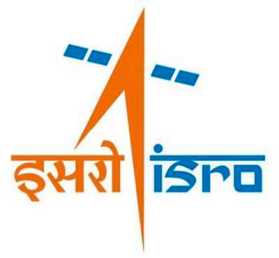
LONDON (PTI): A likely solar storm in 2012, coinciding with the Olympics in London, could disrupt all communication systems on earth, including live broadcasting of the mega-sporting event, scientists have warned.
"The sun's activity has a strong influence on the earth.
Space weather can affect the whole population. The Olympics could be bang in the middle of the next solar maximum which could affect the transmissions of satellites," said Professor Richard Harrison, head of space physics at the Rutherford Appleton Laboratory in Oxfordshire.
The warning comes in the wake of scientists detecting the signs of a fresh cycle of sunspots on the sun's surface that could lead to a solar storm.
Harrison said: "The sun is now waking up. The first significant active regions of a new solar activity cycle are forming. In the last two weeks, we have seen the first major flares of a new cycle".
The scientists warn that at the peak of the cycle, the flares erupting from the surface of the sun could fling billions of tonnes of electrically-charged matter towards the earth that could result in a communications blackout.
They predict that the cycle would be at its peak during 2012 when the Olympics are scheduled and fear that the ensuing solar storm could jam telecommunications satellites and internet links transmitting live coverage.
Sunspots are the physical manifestation of the sun's natural fluctuations in magnetic activity which operate on a roughly 11-year cycle, The Independent reported.
"Such events can expose astronauts to deadly particle doses, can disable satellites, cause grid failures on Earth and disrupt communications," Harrison said.
Orbiting satellites are especially vulnerable to the effects of solar flares erupting from the sun's surface, and the risk is greatest during a solar maximum when there is the greatest number of sunspots.
The NASA is scheduled to launch a satellite for monitoring solar activity called the Solar Dynamics Observatory, which will take images of the sun that are 10 times better than high-definition television, next week.
Professor Richard Holdaway, Director of space science at the Laboratory, said the observatory should be able to provide early warning of a solar flare or eruption big enough to affect satellite communications on Earth.
"If we have advance warning, we'll be able to mitigate the damage. What you don't want is things switching off for a week with no idea of what's caused the problem," Holdaway said.
It is not possible to predict exactly when the peak in solar activity will occur or how intense it is likely to be.
The most intense solar maximum in recent years occurred in 1958, when the Northern Lights were sighted as far south at Mexico on three separate occasions.
In 1989, a solar storm caused power blackouts across the US and Canada.
 Previous Article
Previous Article Next Article
Next Article













The Indian Air Force, in its flight trials evaluation report submitted before the Defence Ministry l..
view articleAn insight into the Medium Multi-Role Combat Aircraft competition...
view articleSky enthusiasts can now spot the International Space Station (ISS) commanded by Indian-American astr..
view article